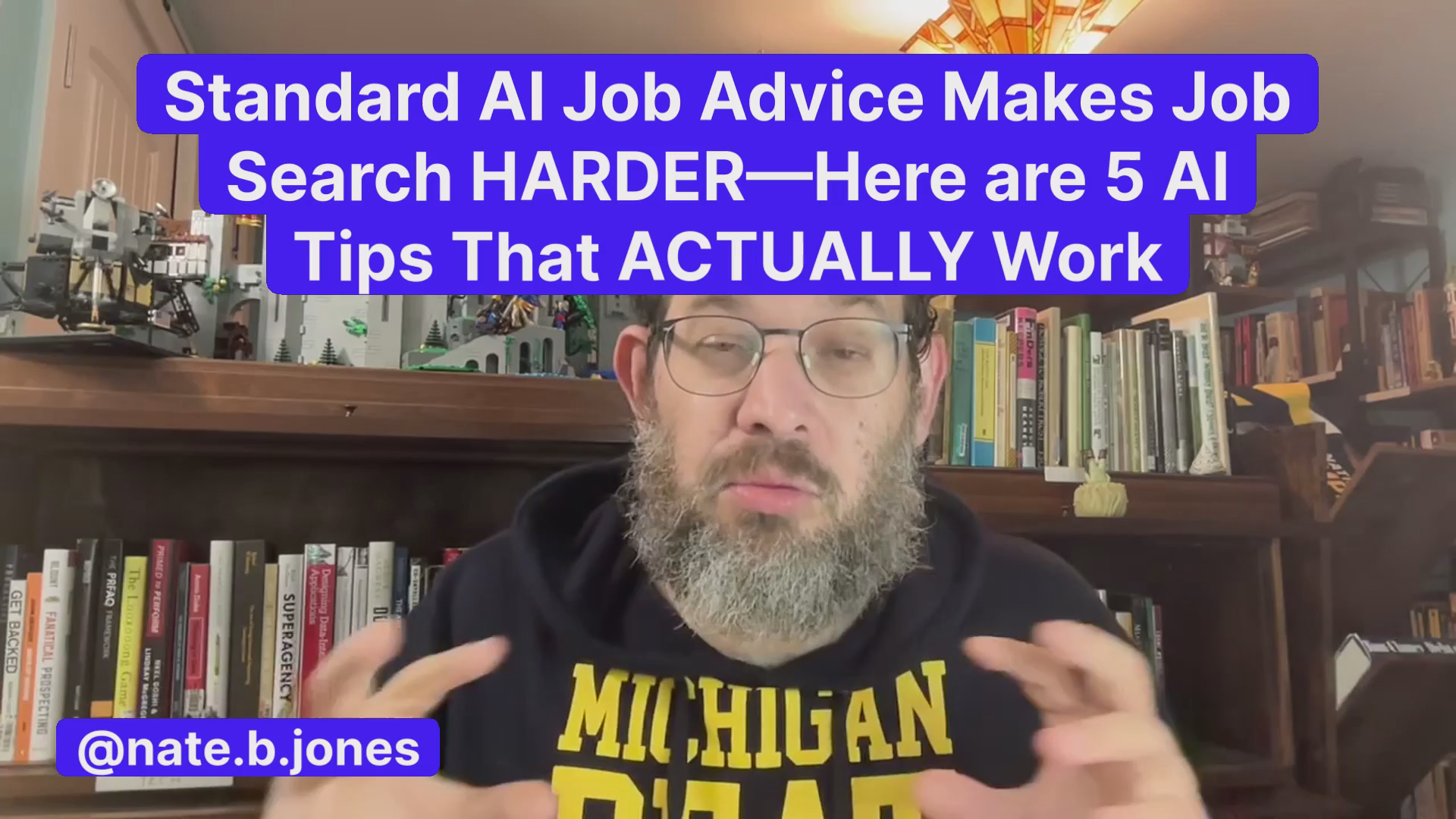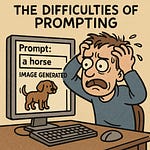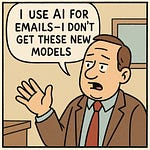The AI job market is a crowded room where everyone is yelling to be heard.
Frankly, so is the job market as a whole.
Maybe it’s time to change strategies.
I spent the last few months studying the job market AND the advice out there for AI and jobs.
Spoiler: most of it makes that job search room more noisy.
We’re being told to AI-customize our resumes, our cover letters, to email job recruiters.
And I get it. It makes sense to use the power of AI to help make us more packaged and polished, yeah? It’s the idea that has launched a thousand AI job startups.
But the problem is that by October 2025 the returns on that strategy are getting lower and lower. And we’re putting more and more resources after those diminishing returns.
It’s a giant came of speed dating, we’re all yelling, and no one can figure out where their match is.
So I went back to first principles. I looked at WHY the job market isn’t working properly anymore. I analyzed over a hundred pieces of AI advice, over 1000 AI job applications that have come across my desk in the last few months, and I looked for the hidden principles that no one is talking about.
What I found is fascinating: we’re using AI all wrong.
Everyone’s using AI to generate more signals—better resumes, shinier portfolios, more applications. But when everyone can generate perfect signals at zero cost, those signals become worthless. The real opportunity isn’t generation. It’s verification.
Companies don’t need more candidates. They need to tell which candidates are real. When hiring managers can’t distinguish between AI-generated polish and genuine capability, the winner isn’t who signals hardest—it’s who makes verification easiest.
That’s a fundamentally different game. And it requires fundamentally different tools.
Below, I break down the five principles that separate candidates who get hired from those who drown in the noise. Then I give you five prompts that help you actually implement them:
The Process Portfolio Builder - Turns your existing projects into verification artifacts that show how you think, not just what you built (because hiring managers can’t tell if that polished output came from you or ChatGPT)
The Adaptive Competence Assessment - Creates a self-administered test that finds your actual capability ceiling by getting progressively harder until you hit your limit (way more signal than a resume that claims “expert in X”)
The Company Problem Analysis Framework - Helps you analyze a company’s real challenges before you apply, turning your application into bilateral value creation (most companies don’t even know what they need—help them figure it out)
The Capability Space Mapper - Maps you to problem types instead of job titles, because “AI PM” means fifteen different things and you’re getting filtered out by keyword matching that misses your actual fit
The Verifiable Trial Proposal - Structures a paid one-week trial offer that makes saying yes trivially easy for companies (you solve their “is this person real?” problem before they’ve even interviewed you)
These five prompts translate the article’s principles into frameworks that actually help you build the stuff you should be building anyway—just faster and better structured.
If the job market is using AI as a megaphone to yell louder, we’re gonna change the strategy entirely so we’re not stuck in a rat race. Instead of yelling, we’re going to use AI to put the megaphone down, walk up to the hiring manager, and start an actual conversation.
Let’s dive in.
Listen to this episode with a 7-day free trial
Subscribe to Nate’s Substack to listen to this post and get 7 days of free access to the full post archives.













